|
In October, an artillery attack in Kachin State Myanmar destroyed the community of Munglai Hkyet, one of the internally displaced persons (IDP) camps we support in Kachin State. Find out what our partners have been doing to support those affected in the aftermath of the bombing. An artillery attack in Myanmar has completely destroyed the community of Munglai Hkyet, in Woi Chyai, one of the internally displaced persons (IDP) camps we support in Kachin State. At least 29 people, including 11 children and a two-month old baby were killed, with many more injured. We are deeply saddened that two young children from our preschool centre in Munglai Hkyet were among the victims. Warning: This video contains footage of war, violence and serious injuries which some viewers might find distressing.
Every month we receive lots of fantastic news from our programmes, our partners and our wonderful supporters and we know that it can be hard to keep up with it all, so we’ve compiled some of our highlights from the month to share with you.
This month our highlights include Rachel’s OBE ceremony, Iryna’s story and our first video from Kachin State, Myanmar. Be one of the first people to hear our latest news by signing up for our email updates. Children on the Edge support Kachin communities who have been displaced by conflict and are living in camps in northern Myanmar (Burma). We provide education, play and expert care for young children aged 3-6 years old.
The current crisis in the country is creating huge uncertainty for people here, but our preschool centres are providing a much needed safe haven for the youngest children, ensuring Early Childhood Development (ECD) at a crucial time in their development. Read on to find out more… 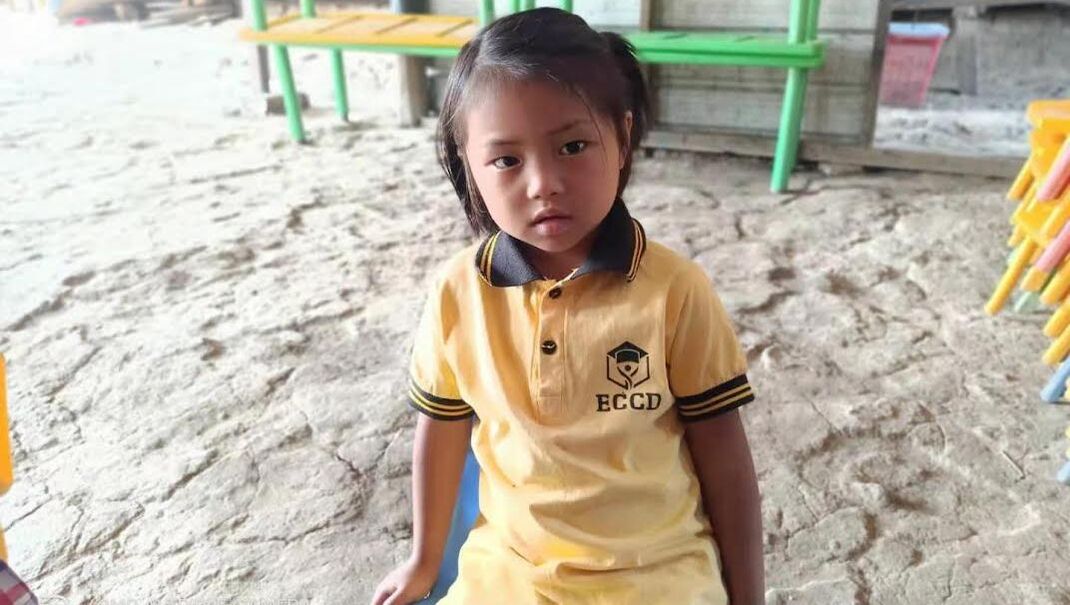 Five year old Kawn Ja Htoi Tsin lives in Kachin State, Myanmar; where thousands of internally displaced people have sought refuge in remote mountain camps, following decades of conflict and repression from the Myanmar military. She attends one of the preschools Children on the Edge support for the youngest children in Kachin State. Read her story... Shari Bawk Awng Mu Hpa is 4 years old and attends a preschool supported by Children on the Edge in Myanmar. Read how he is benefiting from our early childhood education programme in Kachin State; where thousands of internally displaced people are stuck living in remove mountain camps.
Children on the Edge works in coalition with local communities in some of the toughest places in the world, transforming the lives of marginalised children by creating protective environments where they can safely live, play, learn and grow.
2022 has been an incredible year of transformation for the children we work with, thanks to continued support of our Children on the Edge community. We'd love to invite you to grab a cup of tea and read through our monthly highlights from 2022 and see just how much your generosity is making a difference....... |
RECEIVE OUR EMAILSBlog Categories
All
Archives
April 2024
|
|
JOIN US ON SOCIAL MEDIA
|
Annual Report | Contact Us | Jobs | Media Centre | Resources | Shop
Accessibility & Policies: Accessibility | Equity, Diversity & Inclusion Policy | Complaints| Privacy Policy | Safeguarding
Accessibility & Policies: Accessibility | Equity, Diversity & Inclusion Policy | Complaints| Privacy Policy | Safeguarding
Children on the Edge, 5 The Victoria, 25 St Pancras, Chichester, West Sussex, PO19 7LT, UK | 01243 538530 | communications@childrenontheedge.org


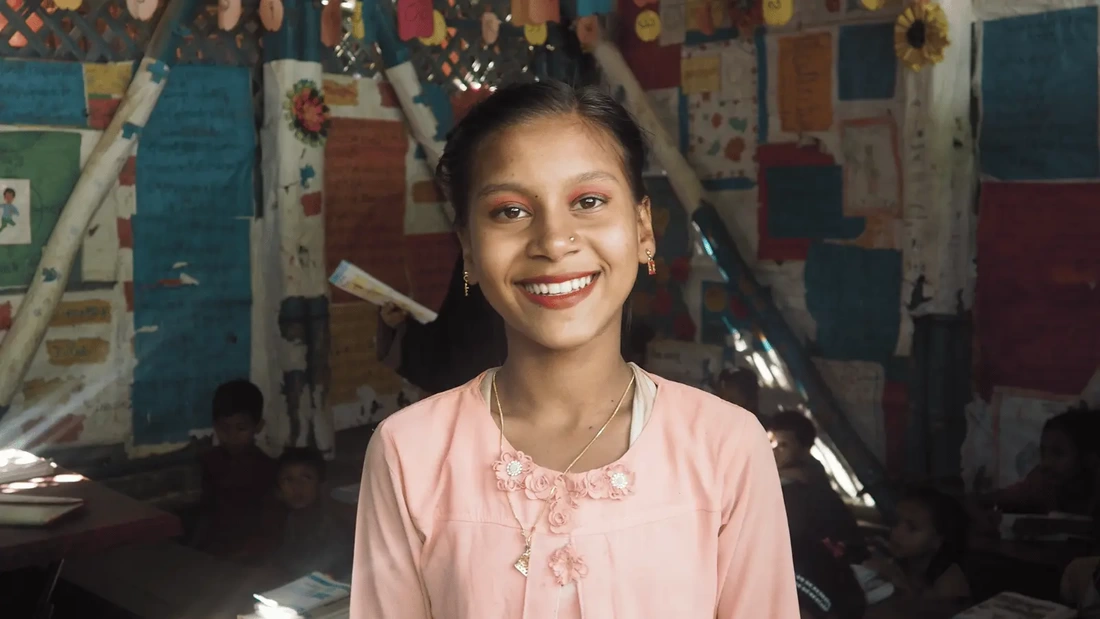
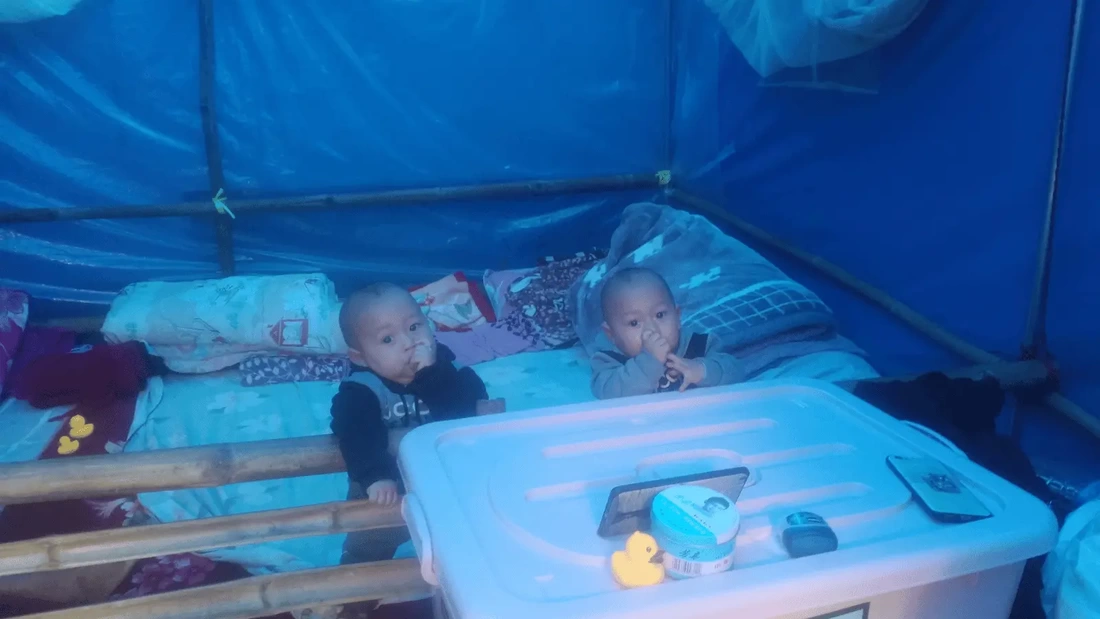
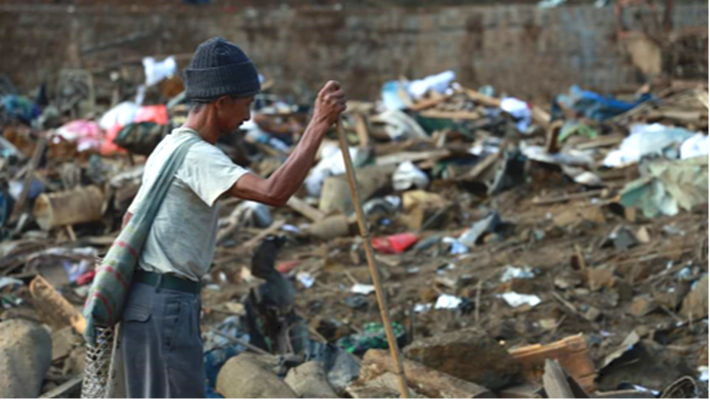
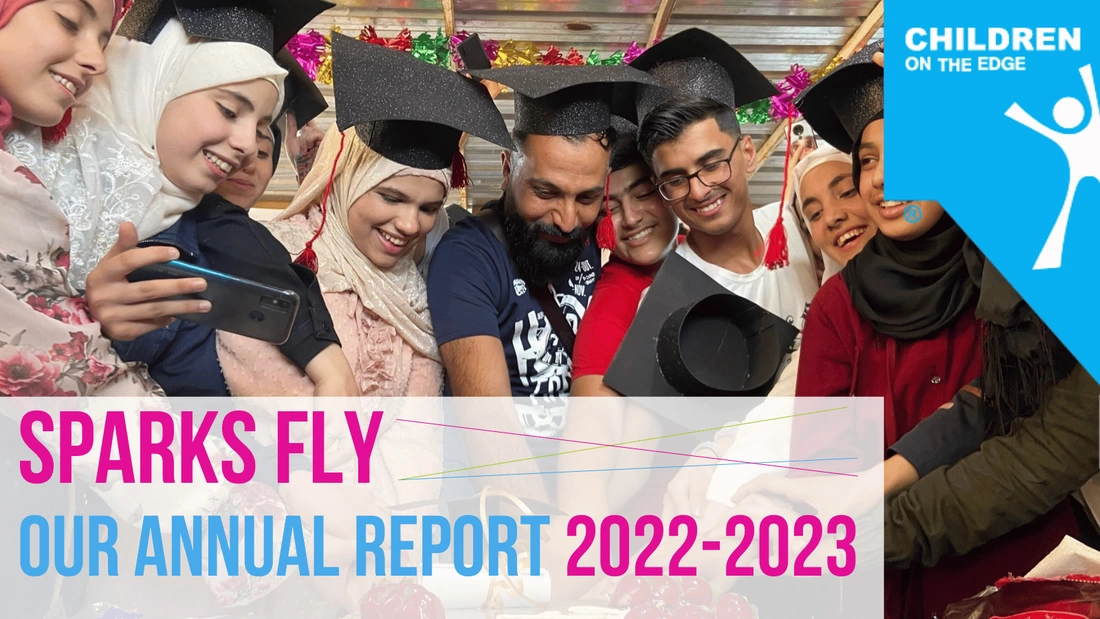
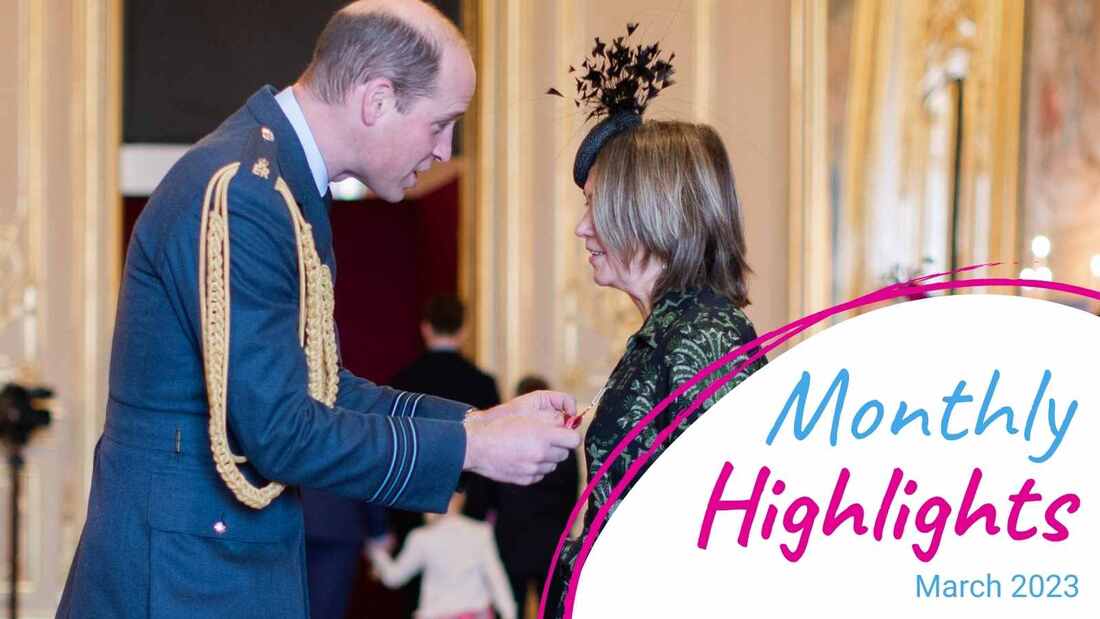
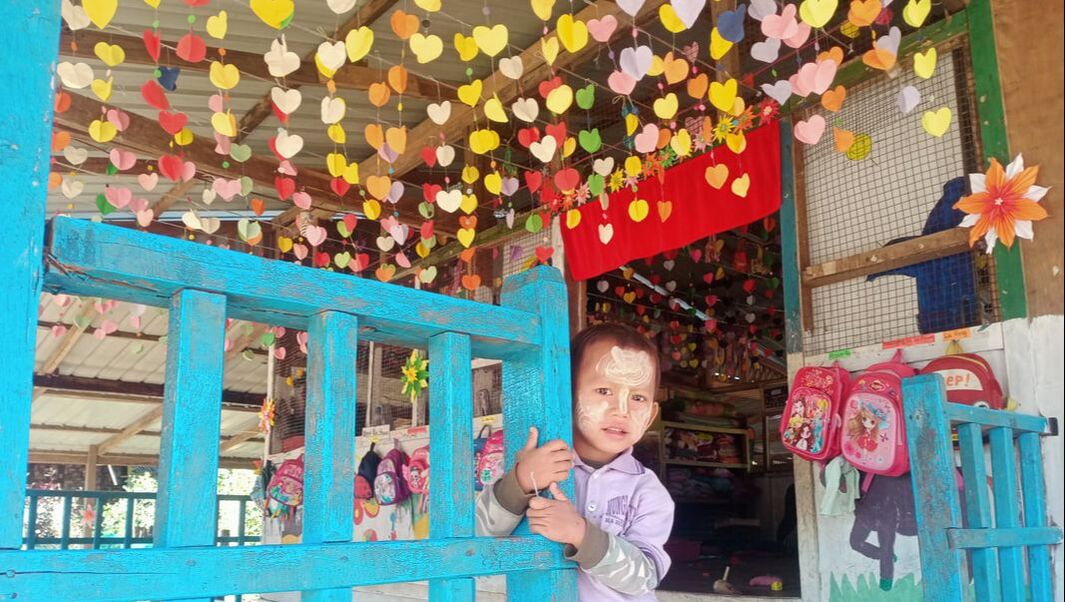
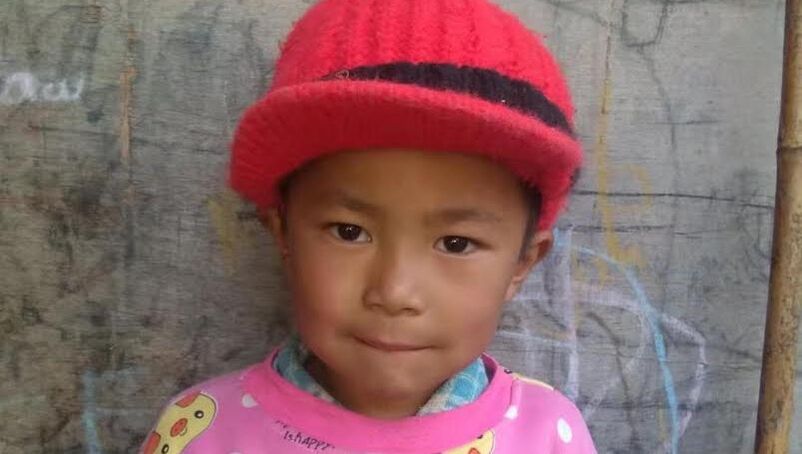
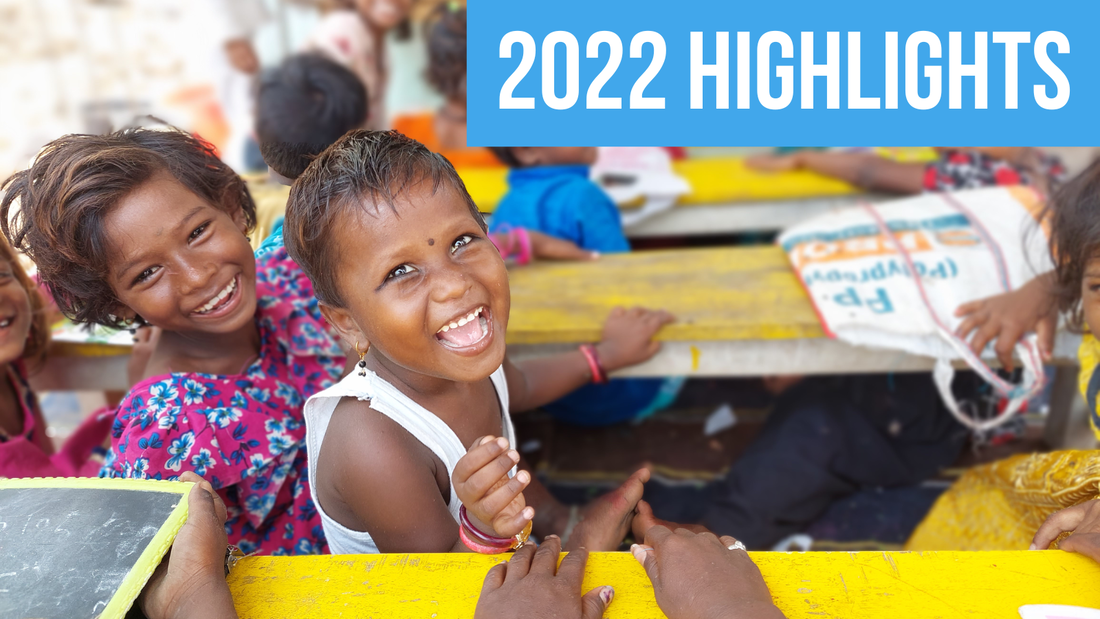
 RSS Feed
RSS Feed
